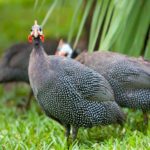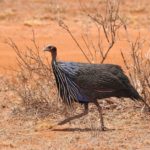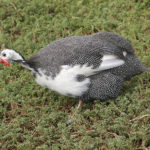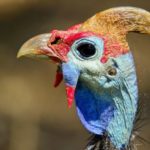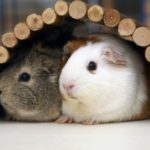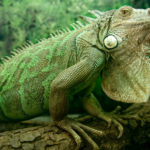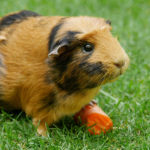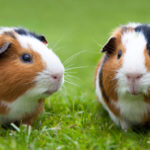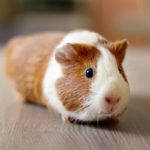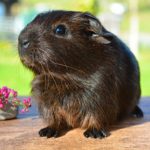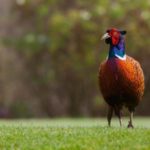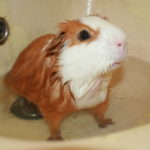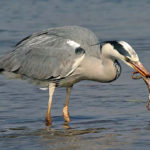Guinea fowl – information
 In Africa, there are two weather periods: dry and wet. The wet season is the time of the mating season of guinea fowl. Of course, the breeding of these birds has its own characteristics.
In Africa, there are two weather periods: dry and wet. The wet season is the time of the mating season of guinea fowl. Of course, the breeding of these birds has its own characteristics.
In order to demonstrate marital behavior – “look after” the female, the males need a lot of free space. Unfortunately, when kept in captivity, this is not always taken into account, and then there are problems with the laying of birds.
The female lays 6-8 small eggs in a small hole dug out by her. The nest is guarded by both parents. At risk guinea fowls try to scare the offender and drive him away from the nest. Eggs of guinea-fowl oval-shaped, cream, pearly or grayish in color. In the household, the eggs of these birds are very much appreciated, because they contain a variety of nutrients.
Nestlings are released after about three to four weeks. Little fowls for a long time (up to a year) go for the mother. Nestlings of guinea fowls are very beautiful, they have a multicolored shiny down and bright feathers.
Griffin guinea fowl is the most beautiful kind of guinea fowl. Both chicks and adult birds have a gorgeous multicolored plumage that overflows into the sun.
All kinds of guinea fowl are flock birds, which live in groups of 20-30 individuals. They move in the main step, although they can run in case of danger. They fly rarely.

